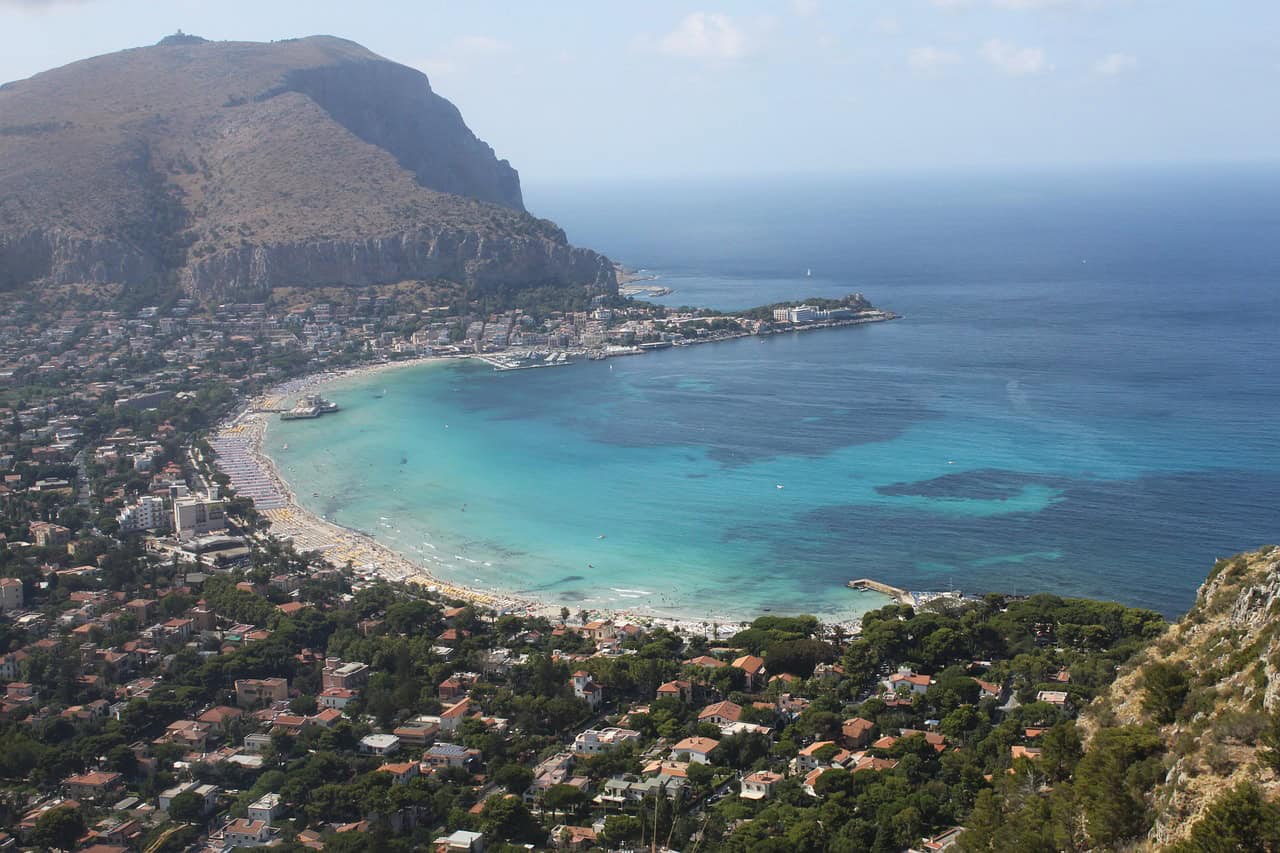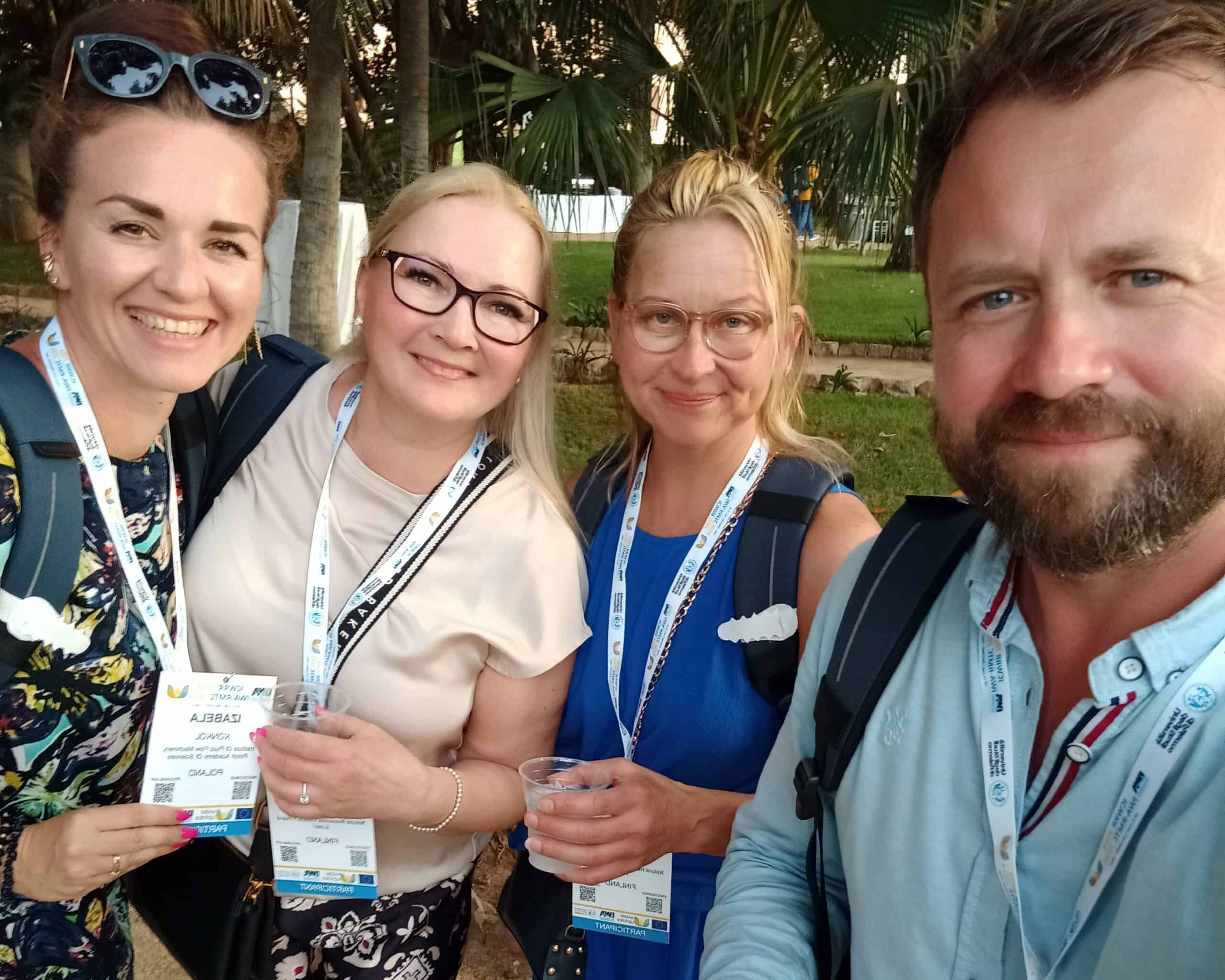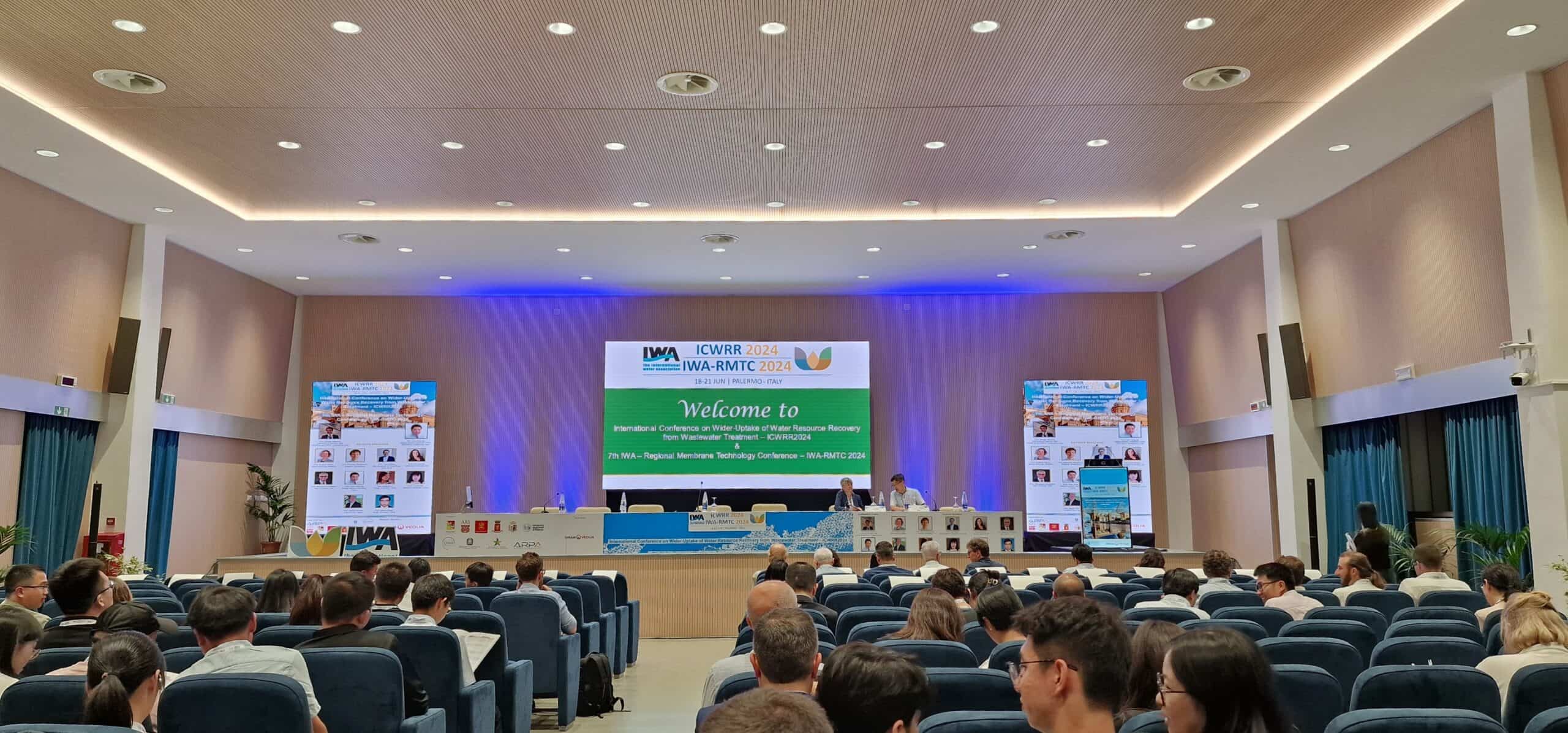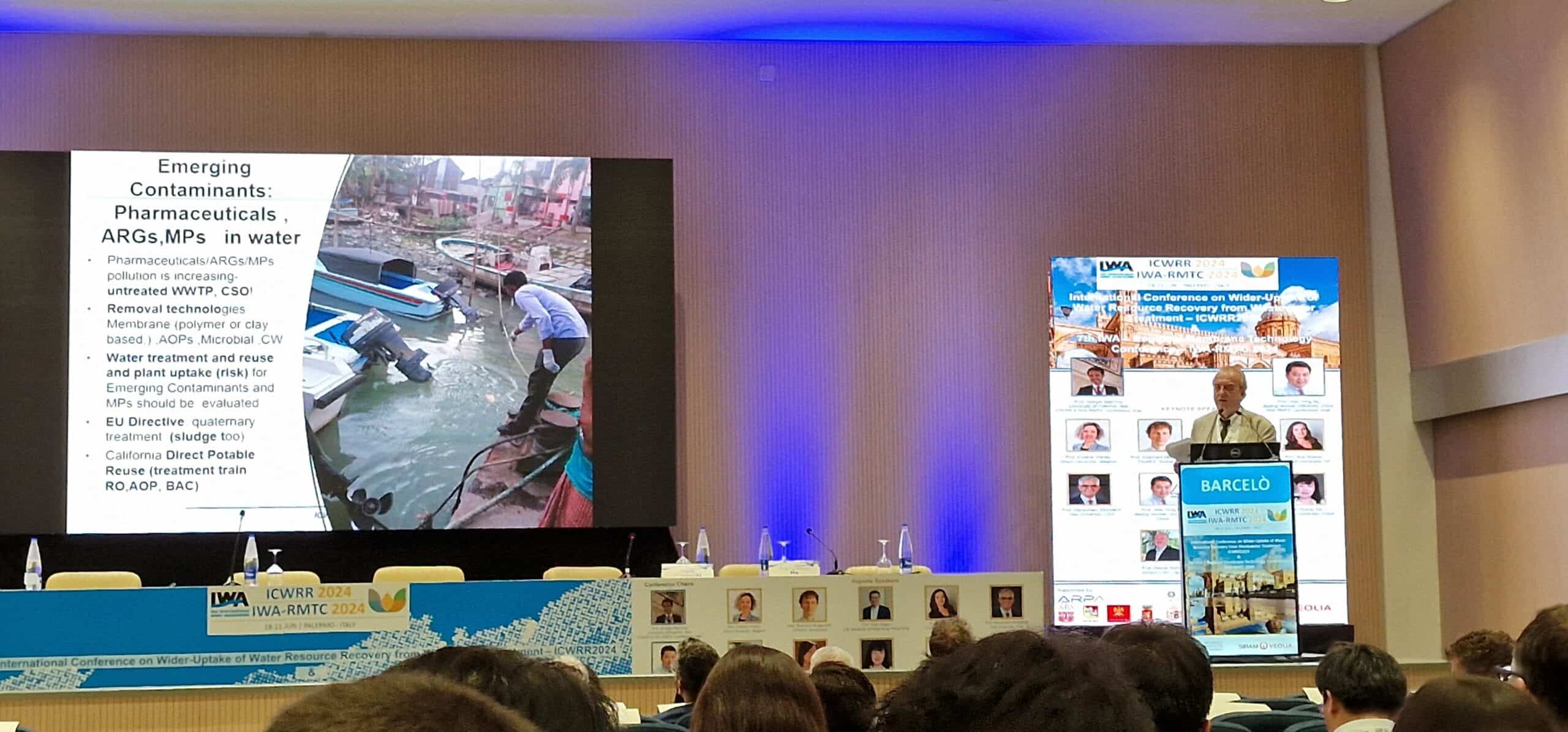
NURSECOAST-II presenting in sunny Palermo
08 July 2024
The International Conference on Wider-Uptake of Water Resource Recovery from Wastewater Treatment (ICWRR2024) marked the culmination of the 4-year EU project: Achieving Wider-Uptake of Water Smart Solutions – Wider-Uptake. This conference explored a diverse array of topics, including innovative and nature-based solutions for water and wastewater management, circularity assessment tools, and environmental policy and legislation.
ICWRR2024 was held in conjunction with the 7th IWA Regional Membrane Technology Conference (IWA-RMTC 2024), aiming to foster dialogue among scientists, professionals, and academics on water resource recovery from wastewater treatment. The IWA-RMTC 2024 focused on advanced membrane technologies for water and wastewater treatment, covering novel membrane materials and configurations, energy recovery, fouling mechanisms and control, process development and optimization, and applications in drinking water, wastewater treatment, and desalination. The conference emphasized the interconnectedness of the water cycle, environment, and society. Organized into nine parallel sessions, each session featured a keynote presentation by a leading researcher.
The keynote speaker, Professor Damià Barceló, provided a comprehensive overview of scientific research on microplastics (MPs), tracing its history back to the first scientific paper on plastics in the ocean published in 1972. He emphasized that microplastic pollution is a major global issue, increasingly impacting people and ecosystems negatively. According to OECD 2022 plastic leakage into terrestrial environment is expected to increase from 34 to 55 million tons from 2019 to 2060. One significant source of MPs is untreated wastewater (over 80% of global wastewater) or poorly treated wastewater. Attention should be paid to the reuse of sewage sludge, and the use of treated wastewater for irrigation, which have been found to increase the amount of MPs in soil and agroecosystems. Even if existing advanced wastewater treatment technologies (MBR+UV, Photocatalytic, Microbial Technologies) could remove microplastics from wastewater, they end up trapped in sludge. There is still a need for standardized analytical protocols, harmonization, and clear limitations. Achieving the global goal of eliminating plastic pollution will require robust international cooperation. Comprehensive regulatory frameworks and risk management plans are essential to ensure the effective and sustainable reuse of treated wastewater and sludge, safeguarding environmental and public health, and ensuring social acceptance.
From the sustainability assessment perspective, an interesting “Water Smartness & Sustainability Index” was presented by the Norwegian team. This multicriteria index ranks alternative solutions to assist decision-makers in identifying the most water-smart and sustainable options. It encompasses various dimensions, including social, environmental, economic, governance, and technical performance. Testing in a project revealed that achieving all WS&S objectives with a single solution is challenging, underscoring the importance of industrial symbiosis for a circular economy through wastewater resource recovery.
Ksawery Kuligowski, the leader of the NURSECOAST-II project, presented the project’s results at the conference. The first results offer a comprehensive inventory of small-scale wastewater treatment plants (serving fewer than 2000 PE) in Denmark, Estonia, Finland, Germany, Latvia, Lithuania, and Poland, with operational data presented in a GIS-based format. This spatial information can aid local authorities in better managing wastewater in tourist areas. The extensive data collected highlight the need for harmonizing and increasing data collection on the environmental load of these small-scale plants and for a more precise evaluation of their impact on the Baltic Sea.
The conference attracted several hundred participants and featured a robust program with 300 presentations and 50 posters. Social events took place in stunning locations rich in history and architectural beauty. However, the presentations were brief, leaving limited time for discussions.
The conference was hosted in the picturesque city of Palermo, a vibrant blend of ethnic traditions, culture, cuisine, and religious sites. Despite a packed schedule, attendees had some opportunities to explore and enjoy the unique charm of this historic city.
Proceedings available:
Resource Recovery from Wastewater Treatment : Icwrr 2024, edited by Giorgio Mannina, et al., Springer, 2024. ProQuest Ebook Central, http://ebookcentral.proquest.com/lib/nrifi-ebooks/detail.action?docID=31495530










